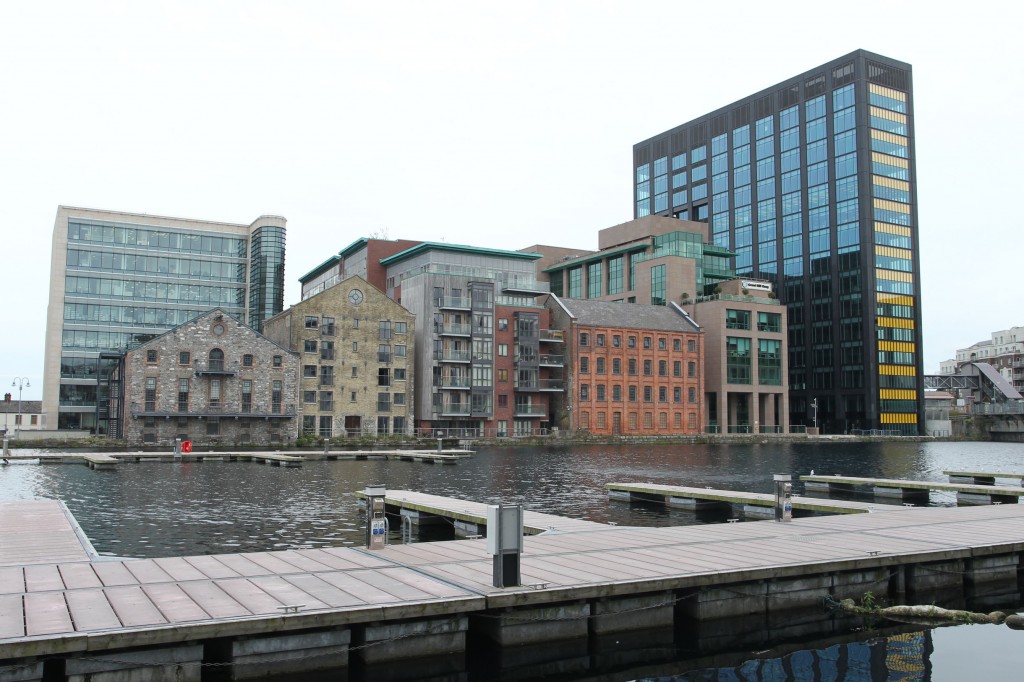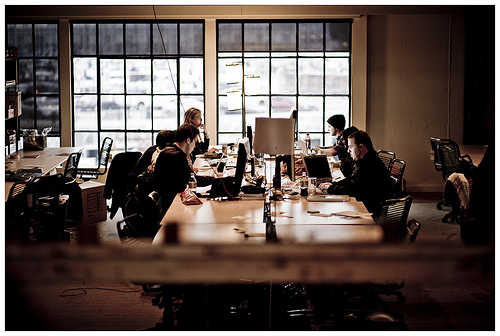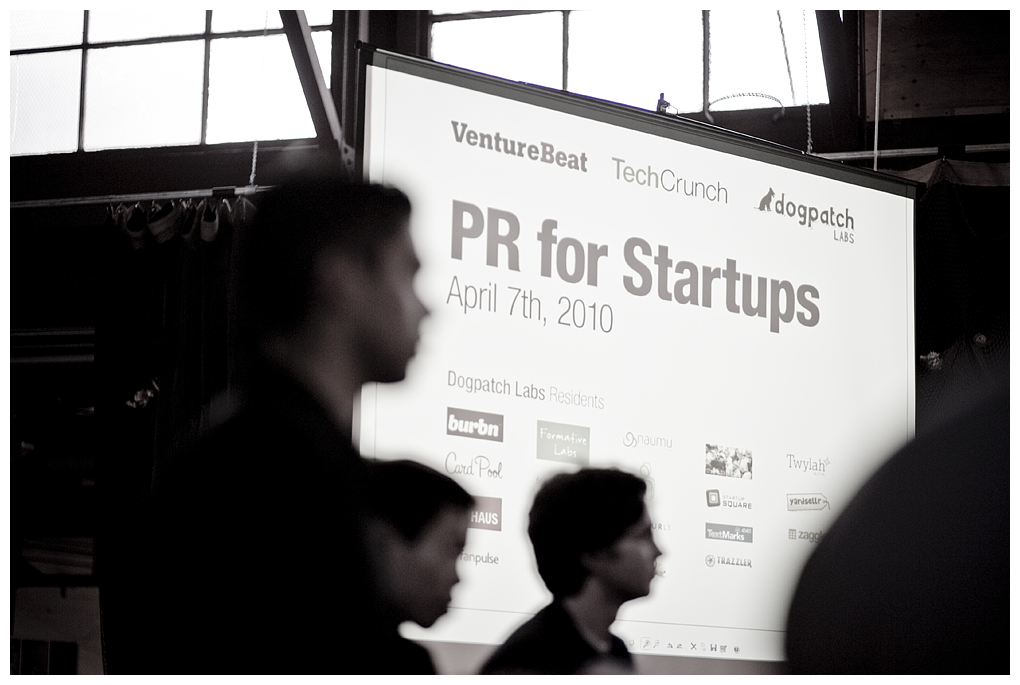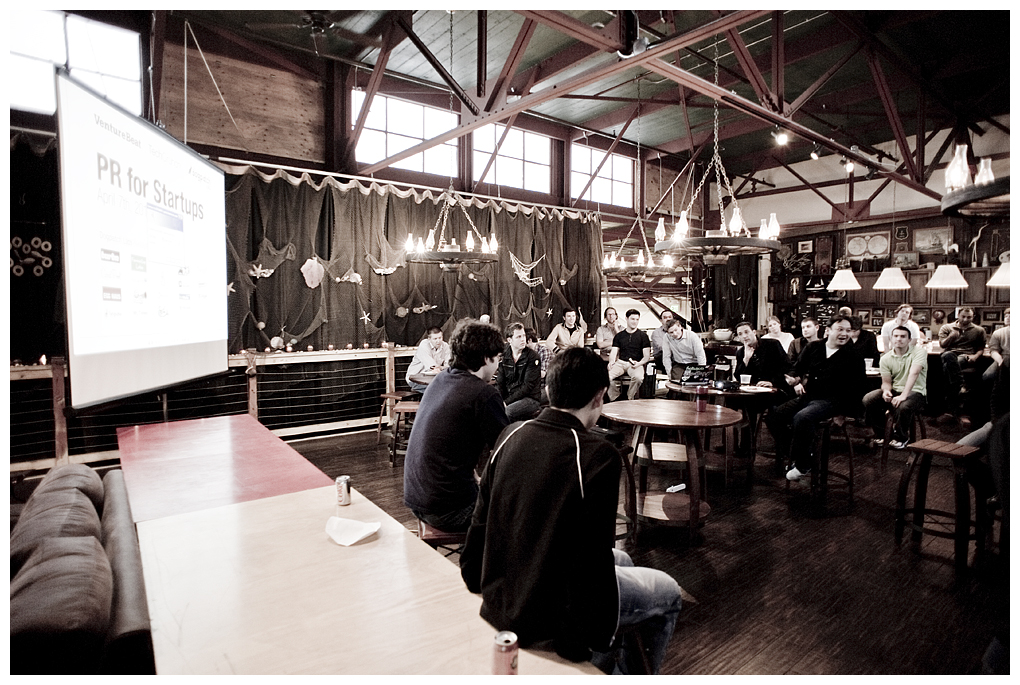Last week we announced an investment in Spindle. Today, I am excited to an investment in another seed-stage, Dogpatch Labs, social media company: PostRocket. PostRocket optimizes Facebook content for brand and page owners. It's a problem those users know too well: 1,000s of fans - often $1,000s of dollars spent - and yet only a small percentage are reached. PostRocket looks at the content, fans, and engagement habits to help brand / page owners create better content, publish more effectively, and ultimately drive deeper engagement. It's also a problem this team knows well: they are smarter about Facebook's EdgeRank algorithm / logic than any non-Facebook employee I know.
It's a big, important idea because it's a big, important question for the majority of Facebook brands and advertisers. I have eaten my own dog food and tested PostRocket with the DogpatchLabs Facebook page. The early results are really outstanding: over a 2.5x improvement in fan engagement.
PostRocket is opening their doors soon. You can register for the beta here. And follow them on Facebook and Twitter. More on TechCrunch.


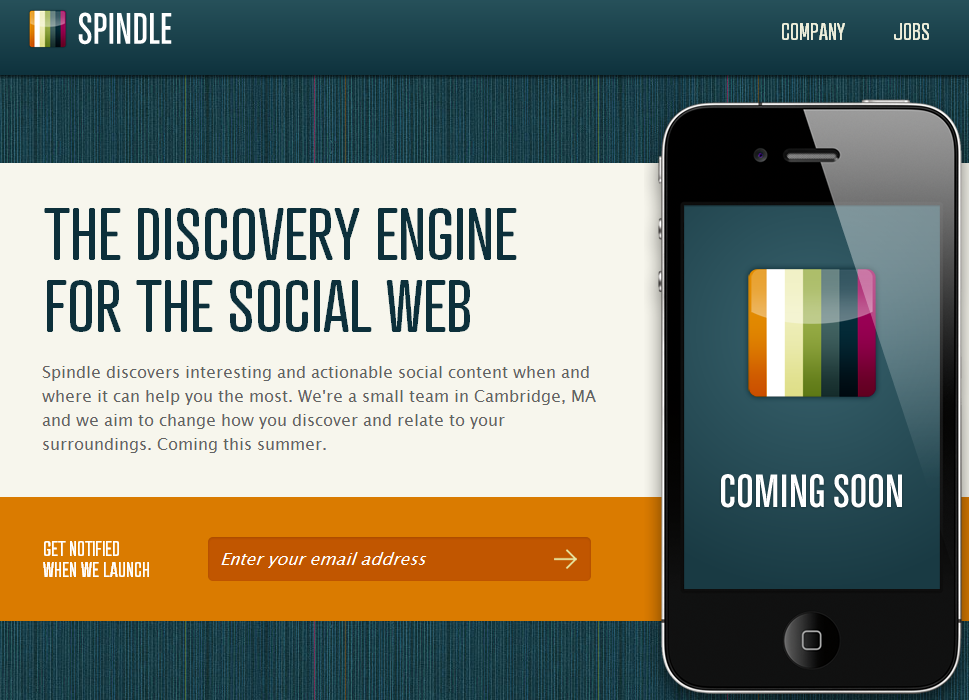
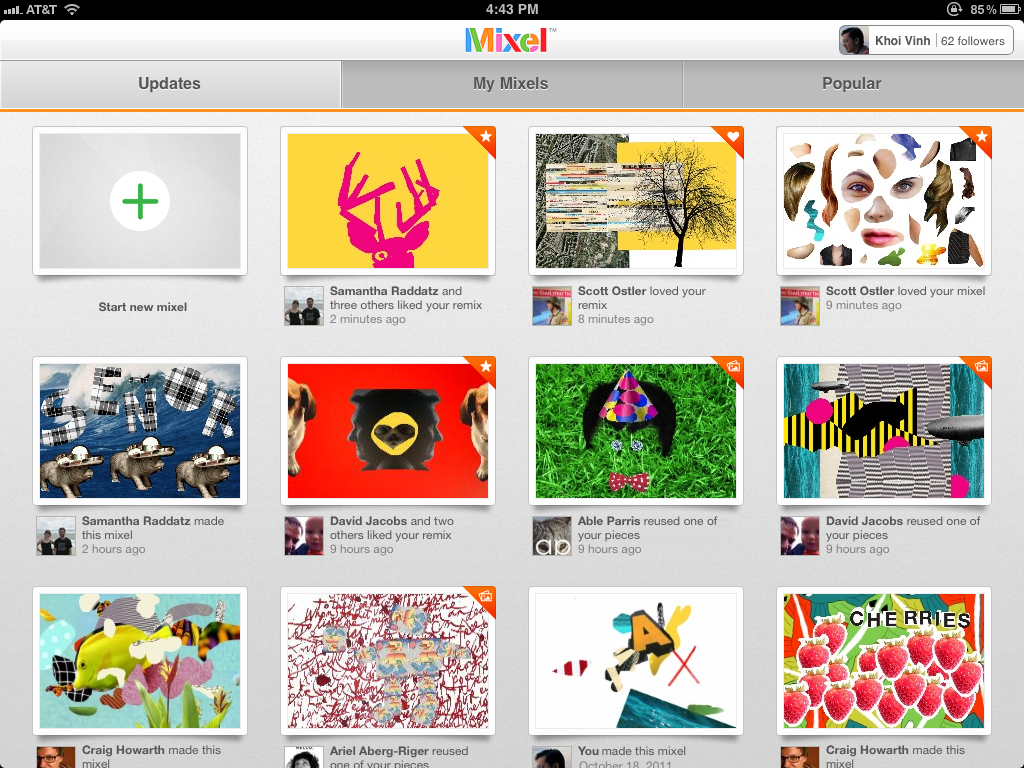

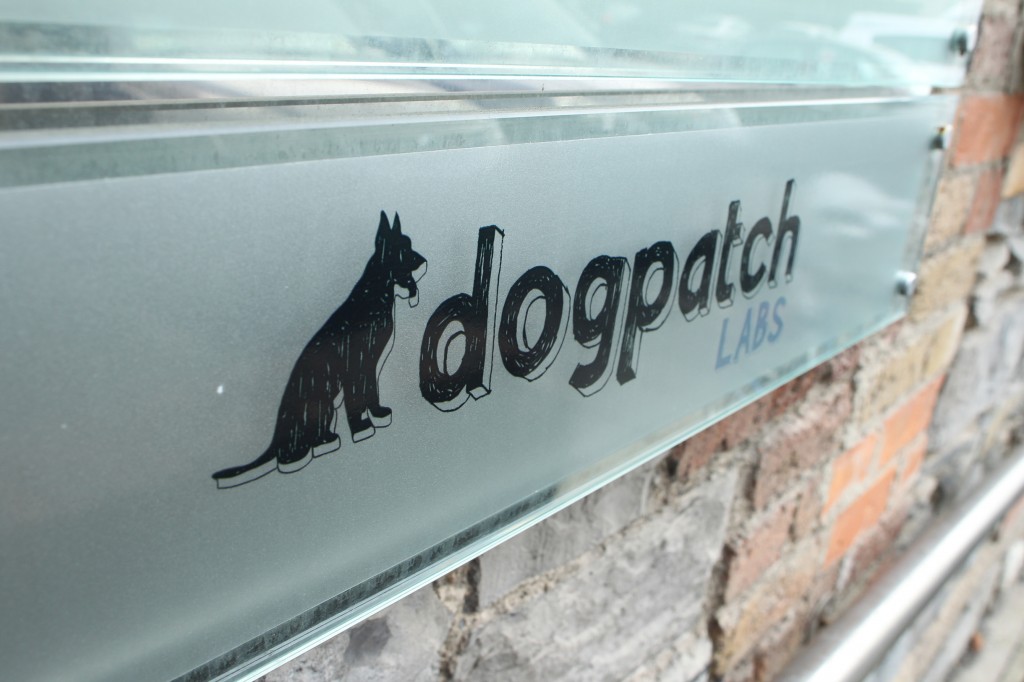 In early September, we got the unfortunate news that
In early September, we got the unfortunate news that 